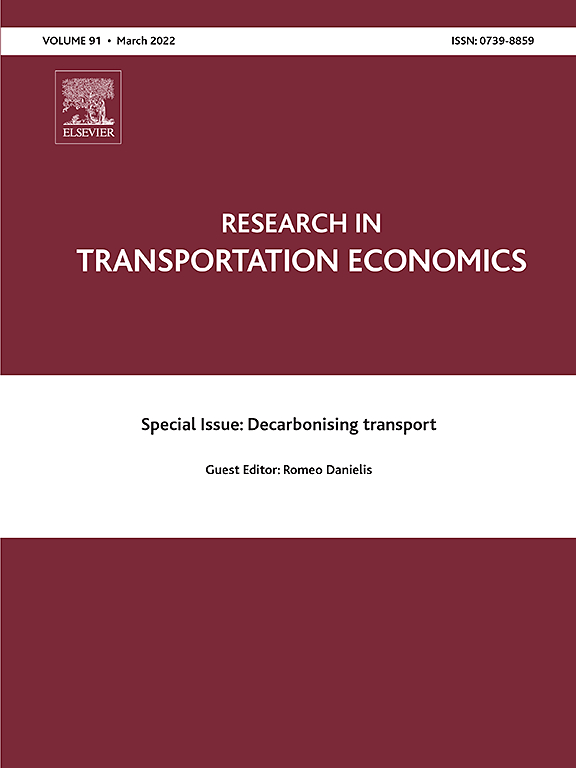
Role of Zero Emission Vehicles in Sustainable Transformation of the Indian Automobile Industry
Publication Year: 2021
Author(s): Kumar R, Lamba K, Raman A
Abstract:
The alarming urban pollution levels are putting enormous pressure on the Indian automobile industry to switch from internal combustion engine vehicles (ICEVs) to zero-emission vehicles such as electric vehicles (EVs). Even though the Indian government recognizes and encourages the promise of electric vehicles as a safe mode of transportation, EV commercialization has yet to achieve the anticipated results. There are many hindrances to large-scale EV adoption, such as high initial price, driving range anxiety, lack of proper charging infrastructure, underdeveloped battery technology, etc. This study aims to evaluate the conducive factors for EV adoption and completes in three phases. In the first phase, supporting forces to EV adoption in India is explored using political, economic, social, technological, environmental, and legal (PESTEL) analysis, and capability needs for EV manufacturing business in India are identified in phase two using the people, process, technology, and finance (PPTF) framework. Finally, segment analysis is performed to find out the most profitable segment to foray into the current situation.
Source of Publication: Research in Transportation Economics
Vol/Issue: 90, 101064
DOI No.: 10.1016/j.retrec.2021.101064
Country: India
Publisher/Organisation: Elsevier Ltd.
Rights: Elsevier Ltd.
URL:
https://www.sciencedirect.com/science/article/abs/pii/S0739885921000366
Theme: Sustainable transportation | Subtheme: Environment Impact
Related Documents
Research Papers/Articles
Multi-Level DC/DC Converter for E-Mobility Charging Stations
Published Year: 2020
Abstract:
The distribution of the small electric vehicles called personal mobility devices (PMDs), which... Read More
Research Papers/Articles
Abstract:
Sustainability is one of the main policies to minimize the climate change consequences of inve... Read More
Research Papers/Articles
Abstract:
To reduce CO2 emissions, it is necessary to cover the increasing energy demand of e-mobility w... Read More



